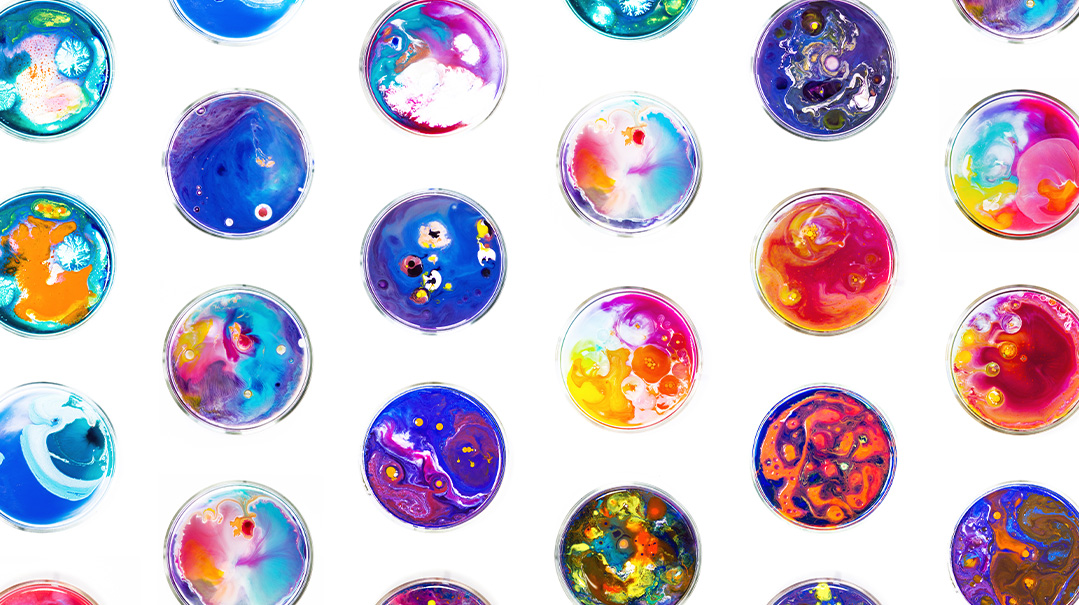What Lurks Beneath

We like to think our homes are spick-and-span. Well, hygienic at least. but how clean are our homes really?

For as long as there have been houses (and tents?), there have been people trying to keep them clean. In ancient Greece, people cleaned the floors with sand and vinegar, while the ancient Romans used brooms and brushes made from twigs and reeds to sweep up.
There’s no doubt that modern homes are cleaner than their ancient counterparts. We have game-changing technology, such as vacuum cleaners and chemical cleaning products. We’re also much more aware of the relationship between a lack of hygiene and disease.
But I was curious to know just how much cleaner our homes really are. Is it possible that despite our technological advancement and greater awareness of hygiene there are harmful germs lurking about?
I decided to find out.
The Experiment
A small amount of research taught me that you can swab and test for bacteria and other microbes in your own home using a petri dish, sterile swabs, and distilled water. I purchased these items and then set out to find volunteers willing to collect samples from their homes.
When asked, most people said they absolutely wouldn’t want to check their homes for bacteria or any other sort of microbe.
“It’s too triggering for my OCD,” one person told me. “First I’d need to know what ‘normal’ levels are supposed to be. Then I’d spiral, assuming things in my house aren’t normal.”
Another woman told me, “The kitchen is a woman’s kingdom. I don’t need the whole world to know how many subjects I have.”
People admitted they knew every home would yield results, but they seemed afraid their homes would yield something entirely unacceptable. No amount of cajoling would convince them to change their minds.
Some more active searching produced four willing participants: Chavie, Hadassa, Rochel, and Shanie. The common denominator between these women was they were all confident about the way they maintained their homes, but at the same time, none of them categorized themselves as “clean freaks.”
“I feel good when my house is clean and organized,” Chavie said. “Who doesn’t love a clean, organized house?” But she admitted she doesn’t love cleaning and looks at it as something that has to get done.
Hadassa classified her cleanliness level as normal. She said, “I like to be organized. I disinfect counters and phones once a week. I’m not overly crazy about it.”
Rochel wasn’t sure how clean she actually is. “My house is very neat,” she said. “I spot clean whenever I see a mess, and the kitchen floors and bathrooms get a deep cleaning once a week.”
Shanie said that while she’s very particular about some places — her bathrooms get cleaned daily — she’s sure there are places in her home that are neglected. “It’s just not possible that everything is clean all the time.”
They all said curiosity was the driving force behind their willingness to participate in this experiment. Rochel saw another angle, as well. “It’s fun to be part of things with other frum women,” she said. “And people in such a group are always worried that they’ll be the dirtiest one. So I figured I’ll do everyone a favor and I’ll be the dirtiest one, because I have a casual attitude about such things, though I had to keep it a secret from my husband, or risk triggering his germ phobias.”
Oops! We could not locate your form.







